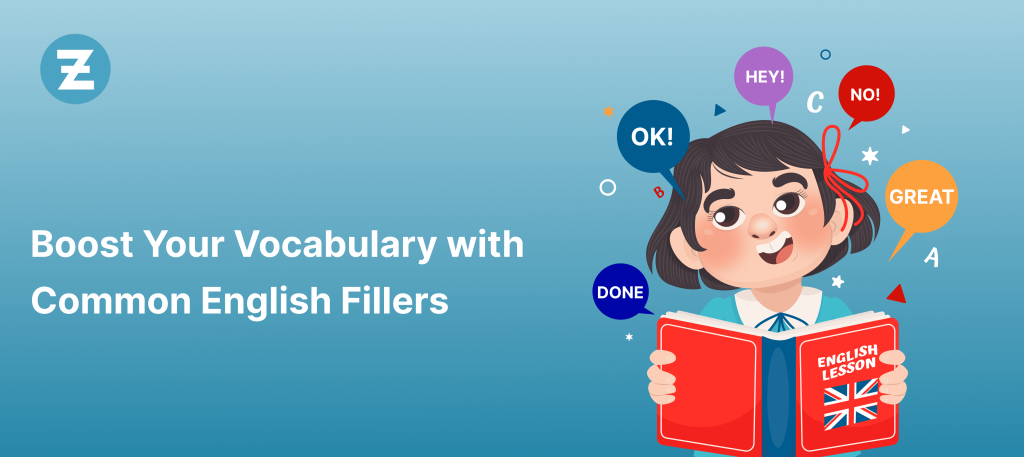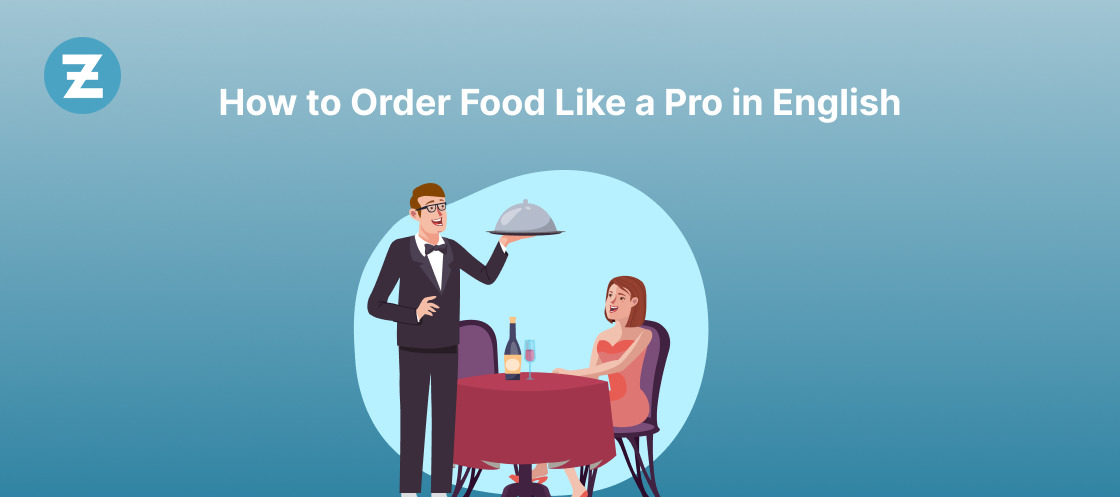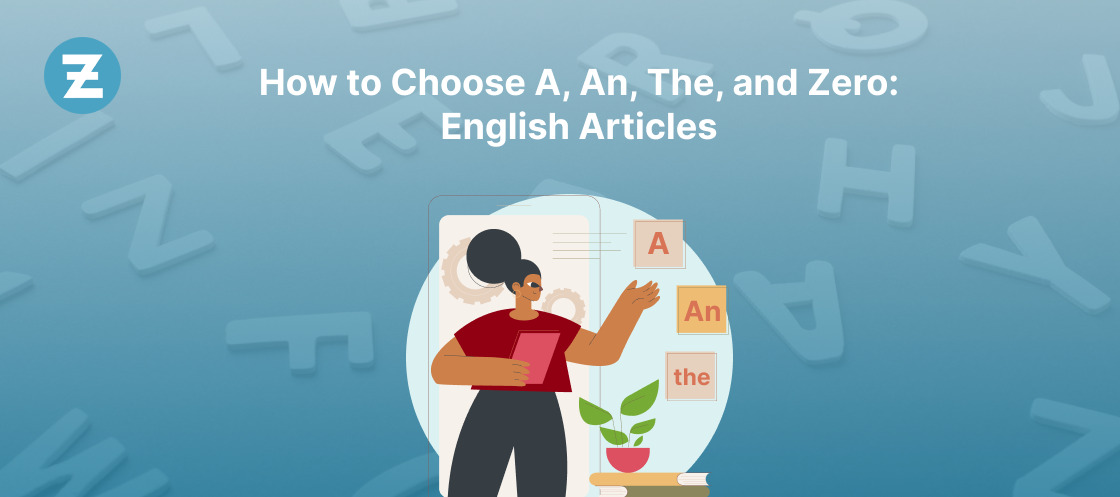Learning English is no easy feat. It’s hard to describe something you don’t even know the word for. That’s why fillers are so important in spoken language. Fillers like “um”, “you know”, and “I mean” give you time to think of what to say next. They may not be as fancy as their vocabulary counterparts, but they serve an essential function in spoken languages by adding nuance to our expressions.
Understanding Fillers
Fillers have many names, like a jack of all trades. Some call them hesitation devices while others call them discourse markers. But no matter what name you give them, they serve the same purpose: let people think about what they’re going to say next. When used properly, fillers allow someone to think about what they want to say without having long pauses or awkward silences that can make the listener feel anxious. There are two ways people use English fillers: single words like “um” and phrases such as “you know” and “I mean.”
How Fillers Enhance Communicative Skills
1. Creating Natural Rhythms:
Have you ever noticed that when people speak they use “uh” or “um”? There’s a reason behind it. Surprisingly, these fillers are used to create a rhythm and keep attention in listeners.
2. How The Brain Processes:
A sign of thoughtful communication is through the processing of ideas. English Fillers act as signals to indicate that the speaker is mentally doing just that. With these pauses, it gives us an opportunity to follow along with their thought process.
3. Feeling Expressions:
More than just filling space, fillers can help properly convey feelings. When used strategically by speakers they can get across hesitation, surprise, emphasis, and other factors. This helps enhance understanding and build connections while someone speaks.
4. Encouraging Active Listening:
If someone is giving a lot of little pauses in their sentences, my subconscious becomes active and I listen more carefully to figure out what they want to say next. Fillers act like little bells ringing in our ears telling us to prepare for something big or new.
5. Building Empathy and Rapport:
Words like “you know” and “I get it” are often used by people during conversation because they understand what the other person is feeling or have personally felt it before too. In other words these phrases indicate shared experiences and emotions which make the speaker seem more relatable.
Read Also: Expert Tips and Tricks for Effortless Learning
Using Fillers Effectively:
1. Be Mindful of Context:
Different scenarios require different levels of formality. Adjust your use of fillers based on where you are and who you’re talking to. The professional feel of a room should be maintained in formal settings.
2. Practice Active Listening:
Don’t just hear what people say, pay attention to it. Imitate the patterns you notice in the way natives use fillers. The more you do this, the more natural sounding your conversation will be.
3. Confidence in Speech:
The most important thing to get rid of fillers is confidence. It does take time and some practice so don’t worry if you’re not getting it right away. Start off by speaking slowly and deliberately annunciating your words then transition into normal speed and confidence will naturally follow suit.
The Impact of Fillers on Fluency and Naturalistic Speech
1. Enhancing Fluency:
Fillers, when used right, can greatly improve the flow of speech. During a conversation, speakers sometimes run into some turbulence. Fillers give them a quick second to collect their thoughts and ensure that they don’t just stop mid-sentence. They’re able to match the pace of dialogue with these little breaks.
2. Navigating Thoughts:
Trying to find a thought in someone’s brain is like trying to navigate a maze, it’s easy to get lost. Fillers act as helpful signs in that maze. They give listeners a signal that the speaker is still thinking and won’t respond just yet. This is useful for the speaker because they can make sure their response isn’t dumb.
3. Being Genuine:
Conversations are never supposed to be robotic or feel like you’re talking to a computer, so when we use natural filler words, we add authenticity to what we say. With practice this gets easier since we don’t have to think about it much, if at all. It’s kind of how people in movies can remember their lines without having a script in front of them and reciting them with emotion.
4. The Power of Filler Words:
Filler words have an uncanny ability to keep listeners engaged in a conversation. We all instinctively listen when we hear these little sounds, it’s like how a dog hears their owner pick up the leash before they go on a walk. You could call it attention, and attention is what strengthens the link between us and the speaker.
5. Smooth Transitions:
Smooth transitions are important in any type of talking or writing. They’re even used with filler words, but that doesn’t make them weaker. On the contrary, they actually have more strength than you think. Fillers can help prepare listeners for any changes in topic, emphasis, or tone so they don’t find themselves sitting there wondering “How did we get here?” If fillers didn’t exist then trying to make a smooth transition would be like swimming across a lake without any land to rest your feet on
| Unlock the door to polished speech. |
Common English Fillers and Their Usage
Level 1: Basic Fillers
1. “Um” and “uh”:
These two fillers are used when someone needs to hesitate, or search for the right words. They aren’t too bad in small quantities, but overusing them can make you sound unsure of yourself. Naturally, they can be used to help you collect your thoughts.
2. “Well”:
A word that just goes with anything. This flexible word is able to be fit into many situations. Although it’s mostly used to introduce new topics or give extra information. When it comes down to it, the most common use is at the beginning of a sentence like “well let me explain.”
3. “You know”:
Ever talk to someone and wonder if they’re even paying attention? We all do, so sometimes we check if they’re engaged in the conversation by asking if they know what we’re talking about. These two words are very powerful and makes people feel included in the conversation rather than just eavesdropping on it
4. “I mean”:
The phrase “I mean” is usually said when someone wants to clarify a previous statement. It shows that they’re about to expand on it or give a different perspective. Kinda like an intro.
5. “Like”:
“Like” is pretty much filler content in a sentence, but younger people sometimes use it when they want to emphasize something or give examples.
Read Also: A Step-by-Step Guide to Enhance Your English Accent
Level 2: Intermediate Fillers
1. “So”:
Used to indicate a conclusion or summarize something. Also used to transition into different topics.
2. “Actually”:
Usually used for emphasis or indicating that what was said before doesn’t align with your opinion.
3. “Basically”:
When you want to explain something complex in simpler terms, use the word “basically”. Or when you’re looking to give a summary of an explanation that would normally take too long.
4. “To put it simply”:
It’s a filler phrase used to rephrase, or clarify a previous statement. Used to provide an alternative explanation.
5. “Believe it or not”:
Similar to the previous one, this filler phrase is to introduce interesting information in an intriguing manner. Also emphasizing how true the statement is.
Level 3: Advanced Fillers
1. “Furthermore”:
To add to a point, you’ll use “Furthermore.” It emphasizes that you still have more to say.
2. “Moreover”:
Add additional information to your point with “Moreover.” It does the same thing as “furthermore” but is worded differently. Instead of saying “The research was good; moreover, it was consistent across multiple demographics.” You can say “The research was solid and consistent across multiple demographics.”
3. “Consequently”:
Show cause and effect using “Consequently.” It tells people that one action resulted in another, like dominoes falling over. For example, if someone were to miss their train and consequently be late for a meeting.
4. “Nevertheless”:
You can use this if you want to introduce a contrasting idea or show that you acknowledge an opposing thought. It’s the same thing as “nevertheless”. For example, “She was tired; on the other hand, she completed the marathon.”
5. “On the contrary”:
This one is used to contradict or provide a different point of view than what was said before. It’s used mostly when challenging common beliefs or assumptions. For instance, “Many believed it would fail; actually, it became a huge success.”
Strategies for Incorporating Fillers into Conversations
- Contextual Usage
- Practice with Native Speakers
- Listen
- Imitate
- Daily Conversation
Read Also: Tips for Better English Pronunciation
Conclusion
In conclusion, developing a rich vocabulary is crucial for effective communication in English. While learning intricate words and phrases is important, integrating common English fillers into your speech acts as a catalyst to enhance fluency, coherence, and naturalistic communication. By incorporating these fillers into your conversations, you will not only sound more fluent and confident but also navigate discussions effortlessly.
So, why wait? Give your vocabulary the extra push it needs by incorporating these everyday English fillers into your speech. Visit Zoundslike for more language tips and resources to further enhance your language skills.
FAQs
1. What are fillers in language?
Fillers are words or phrases used in speech to fill pauses, hesitation, or gaps in conversation. Common examples include “uh,” “um,” “you know,” and “like.”
2. Are fillers considered informal or unprofessional?
Fillers are generally considered informal and can make speech sound less polished. In professional settings, it’s advisable to minimize their use.
3. Can I use fillers in formal settings?
It’s best to avoid fillers in formal settings as they can diminish the speaker’s credibility and professionalism. Clear and confident speech is preferred in professional contexts.
4. How can I practice using fillers in conversation?
To reduce fillers, practice speaking slowly and pause deliberately instead. Record yourself speaking and identify where fillers occur, then work on eliminating them consciously. Public speaking courses and speech coaching can also help.
5. Are fillers present in other languages as well?
Yes, fillers exist in various forms across different languages. They serve similar functions to bridge pauses and hesitations in speech.








